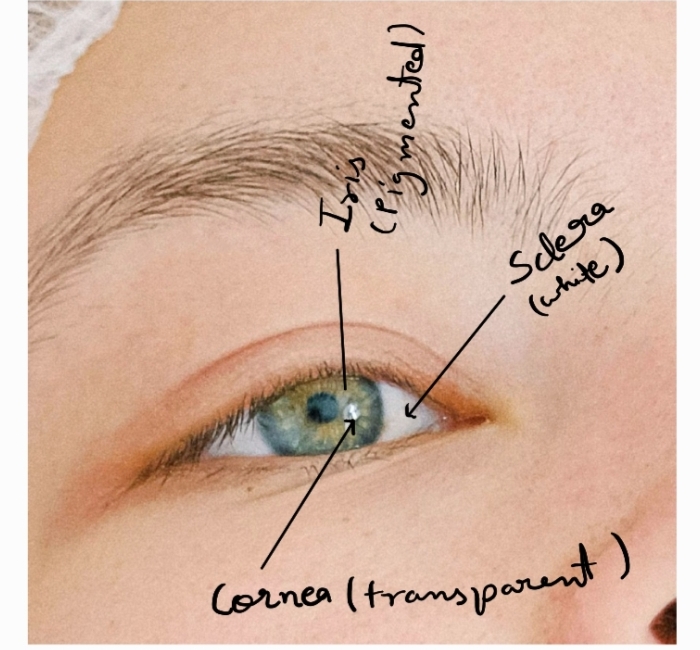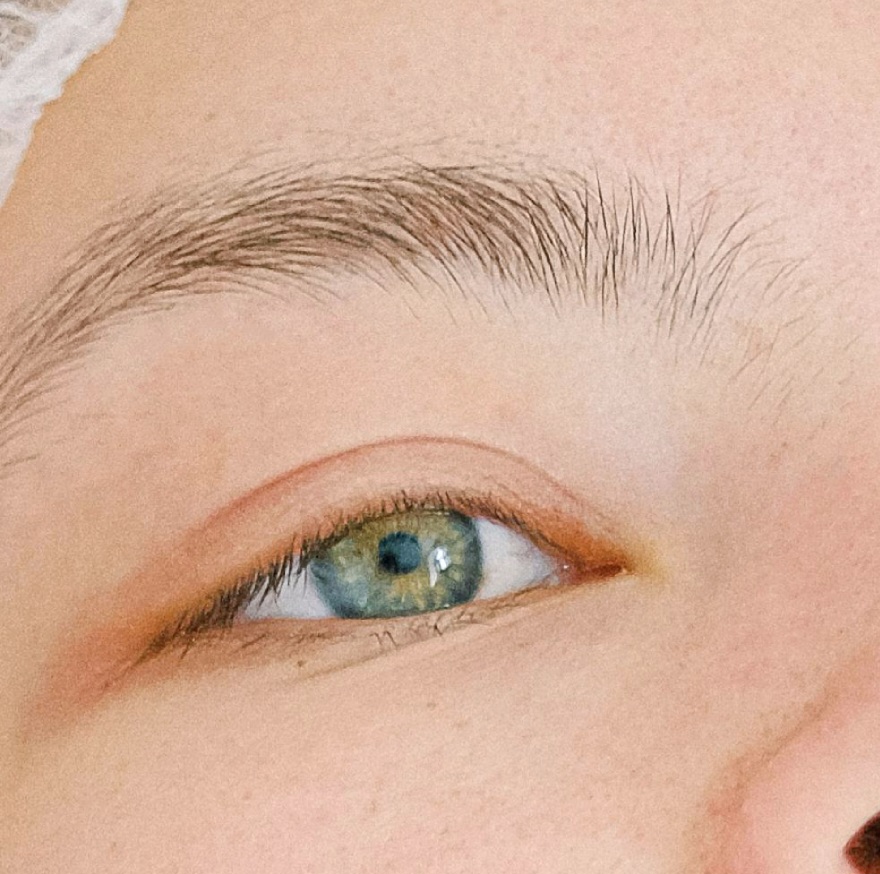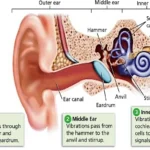Eye

●One paired eyes are located in sockets of the skull called orbits.
●The wall of the eye ball is composed of three layers .

●SCLERA: External layer which is composed of a dense connective tissue. IT IS WHITE PART OF EYE.
●CORNEA: The anterior portion of sclera is called the cornea.
CHOROID:
●The middle layer, choroid, contains many blood vessels and looks bluish in colour.
●The choroid layer is thin over the posterior two-thirds of the eye ball, but it becomes thick in the anterior part to form the ciliary body.
●The ciliary body itself continues forward to form a pigmented and opaque structure called the iris which is the visible coloured portion of the eye (give eye colour).
●Ciliary body help in accommodation by altering the focus of eye.
IRIS AND CILLIARY BODY IS PART OF CHOROID LAYER.
Eye LENS:
o The eye ball contains a transparent crystalline lens which is held in place by suspensory ligaments (Zonula of Zinn) attached to the ciliary body.
LENS DIVIDE THE EYE BALL INTO OUTER AQUEOUS AND INNER VITREOUS CHAMBER.
PUPIL: In front of the lens, the aperture surrounded by the iris is called the pupil. The diameter of the pupil is regulated by the muscle fibres of iris.
RETINA: The inner layer is the retina and it contains three layers of cells – from inside to outside –
●Ganglion Cells,
●Bipolar Cells &
●Photoreceptor Cells:
• There are two types of photoreceptor cells -> rods and cones.
• These cells contain the light-sensitive proteins called the photopigments.
• The daylight (photopic) vision and colour vision are functions of cones.
• Photoreceptor cells are not present in that region and hence it is called the blind spot.
• The twilight (scotopic) vision is the function of the rods.
• The rods contain a purplish-red protein called the rhodopsin or visual purple, which contains a derivative of Vitamin A.
• In the human eye, there are three types of cones which possess their own characteristic photopigments that respond to red, green and blue lights.
• The sensations of different colours are produced by various combinations of these cones and their photopigments.
• When these cones are stimulated equally, a sensation of white light is produced.
• The optic nerves leave the eye and the retinal blood vessels enter it at a point medial to and slightly above the posterior pole of the eye ball.
• At the posterior pole of the eye lateral to the blind spot, there is a yellowish pigmented spot called MACULA LUTEA with a central pit called the FOVEA.
• The fovea is a thinned-out portion of the retina where only the cones are densely packed. It is the point where the visual acuity (resolution) is the greatest.
• Aqueous chamber and humor: The space between the cornea and the lens is called the AQUEOUS CHAMBER and contains a thin watery fluid called aqueous humor.
• Vitreous chamber: The space between the lens and the retina is called the VITREOUS CHAMBER and is filled with a transparent gel called vitreous humor.
MECHANISM OF VISION
• The light rays in visible wavelength focussed on the retina through the cornea and lens generate potentials (impulses) in rods and cones.
• The photosensitive compounds (photopigments) in the human eyes is composed of opsin (a protein) and retinal which is an aldehyde of vitamin A.
• Light induces dissociation of the retinal from opsin resulting in changes in the structure of the opsin. This causes membrane permeability changes.
• As a result, potential differences are generated in the photoreceptor cells.
• This produces a signal that generates action potentials in the ganglion cells through the bipolar cells.
• These action potentials (impulses) are transmitted by the OPTIC NERVES to the VISUAL CORTEX
AREA OF THE BRAIN, where the neural impulses are analysed and the image formed on the retina is recognised based on earlier memory and experience.
• Eye glands
o Meibomian gland -> Lubrication of eye.
o Lacrimal gland -> tear production; tear is slightly saline and it moist the eye.
o Glands of zeis -> lubricate hair follicle in eye lid
o Glands of moll -> It open into follicles of eye lashes.
• Human has day and night vision both as it has rods and cones both.
EYE DEFECTS
• Myopia/ near -sightedness In this eye ball become longer and image is formed before retina and can be removed by use of concave lens.
• Hypermetropia/ far-sightedness In this eye ball become short so image form behind the retina and can be removed by use of convex lens.
• ASTIGMATISM is curvature of cornea become irregular and image is not form clearly and this defect can be cured by use of cylindrical lens.
• CATARACT is due to defective protein metabolism. Lens or cornea become opaque and operation is needed to cure this.
• XEROPHTHALMIA due to deficiency of vitamin A, cornea /conjunctiva become keratinised which may lead to blindness.
• GLAUCOMA due to increase in intraocular pressure in aqueous chamber and surgery is needed at early stage due to blockage of Schlemm’s canal.
• STRABISMUS is associated with squintness. In which eye is remained in somewhat bended position.
• TRACHOMA redness of eye and more secretion of watery fluid and it due to infection of bacteria
chlamydia trachomatis.
REMEMBER:
4 rectus and 2 oblique muscles are associated with eye ball movement.



Our eyes, such a small part of the body yet, such a pair of amazing wonderment
Oh, interesting I have wondered too about our organs !